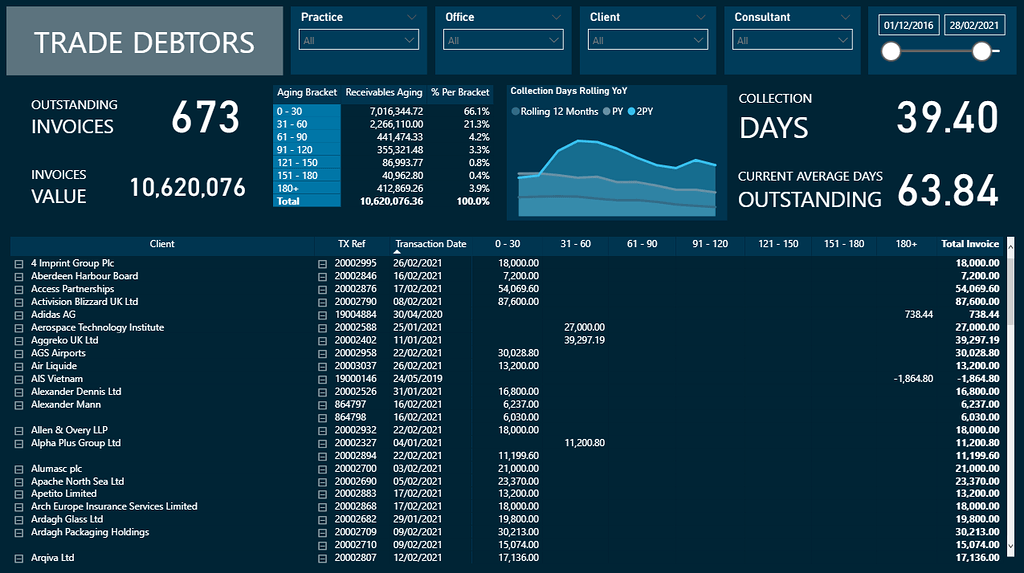

#Summarize dax download
Open the Desktop file, launch the DAX Studio, load the Tutorial Scrip ( download it here or you can see it at the bottom of this post) and then go through each step in the video and DAX studio at the same time. The best way to go through the tutorial is to download the PowerBI Desktop File here. So, we are selling a lot more of that product in a day that we should normally be. What is a Crazy Sale? Well, that is type of an outlier sale where we already had a good week of selling more than $8k of different products and we sold at least four out of our five products that week …AND that single sale of the product that day was at least 20% of the entire week’s sales. For example, you may have multiple city sales values but each city has multiple rows of transactions, so using SUMMARIZE function we can create a summary table where each city will have an only one-row transaction with the summarized line.
#Summarize dax how to
This tutorial starts with a simple sales data set and then we go to DAX Studio where we go through thirteen steps from simple to more complex trying to figure out how to calculate Crazy Sales. This function will summarize the huge amount of rows of data into one table with provided criteria column. I think that unless you go through several of the table functions in the same video/tutorial, making the logic more complicated with every step, it is hard to compare and contrast those functions as well as being able to understand when and which function makes more sense. This pattern is included in the book DAX Patterns, Second Edition.I have tried to do this before one temp table function at a time, but I think I need to try something different In this video, we will go from the simplest table functions like ROW() to more sophisticated ones like GENERATE, SUMMARIZE, ADDCOLUMNS, NATURALINNERJOIN and a few others. An alternative version for Excel 2010-2013 is also available. This pattern is designed for Power BI / Excel 2016-2019. Returns the rows of left-side table which do not appear in right-side table. Returns the union of the tables whose columns match. Returns the rows of left-side table which appear in right-side table. Returns the sum of an expression evaluated for each row in a table.Ĭounts the number of distinct values in a column. The formulation using SUMMARIZE and COUNTROWS can be easily extended to accommodate for the next formulas that produce the intersection ( # Prods from Both) or the union ( # Prods from Any) of the product names:Ĭreates a summary of the input table grouped by the specified columns.


The following measures of this pattern use COUNTROWS because there would be no advantage in using SUMX in more complex expressions. The SUMX version is only suggested for performance reasons in the simple measures. NOTE The natural syntax to compute the Result variable in the # Prods from Sales and # Prods from Receipts measures should use COUNTROWS.
#Summarize dax code
SUMX just counts the number of those products and it is used instead of COUNTROWS or DISTINCTCOUNT for performance reasons – more details in the article Analyzying the performance of DISTINCTCOUNT in DAX.ĭespite being longer than a solution using DISTINCTCOUNT and bidirectional cross-filtering, this version of the code is faster in the most frequent case – where the number of products is significantly smaller than the number of transactions. Using SUMMARIZE, the # Prods from Sales and # Prods from Receipts measures retrieve the distinct product names referenced in the relevant table. SUMX ( ProdsFromReceipts, 1 ) - optimization for COUNTROWS ( ProdsFromReceipts )


 0 kommentar(er)
0 kommentar(er)
